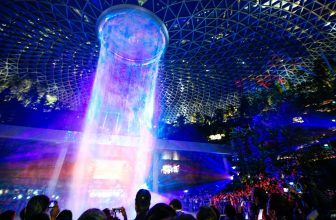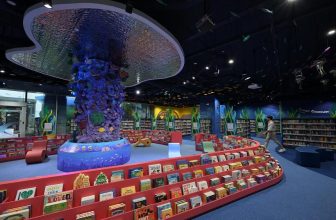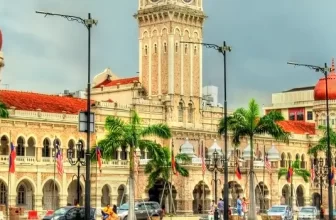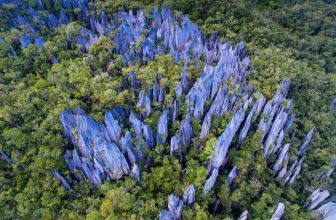
Welcome to Singapore’s iconic landmarks and intriguing world! This thriving city-state is located in Southeast Asia and is home to an impressive collection of architectural wonders and cultural treasures that have drawn tourists from all over the world. Each iconic landmark, from futuristic buildings to beautiful gardens, offers a different tale that reflects Singapore’s rich history and modernity. Join us as we travel virtually across the most recognizable and impressive sites that characterize Singapore’s enthralling urban landscape.
Iconic Landmarks in Singapore
Marina Bay Sands®
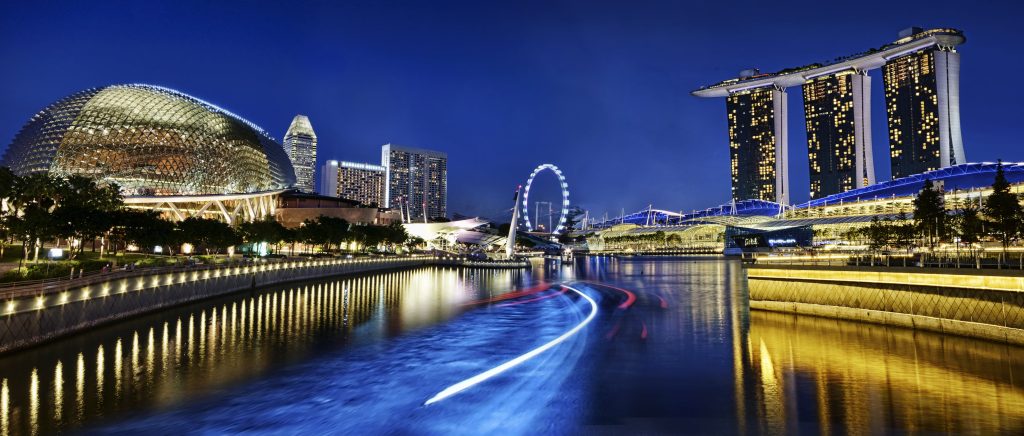
Marina Bay Sands®, which debuted in 2011, has positioned itself as one of Singapore’s most adaptable attractions. You may choose to stay in opulence at their 55-story hotel, indulge in some retail therapy at The Shoppes at Marina Bay Sands®, or experience some culture at the ArtScience MuseumTM.
Klook.comTower 1 of Marina Bay Sands® has a 26-degree slope, which is regarded as prosperous because the individual digits add up to 8, a lucky number in Chinese culture, and the Infinity Pool is an auspicious symbol of a lake at the top of a mountain. Both structures have fascinating histories.
The Cenotaph
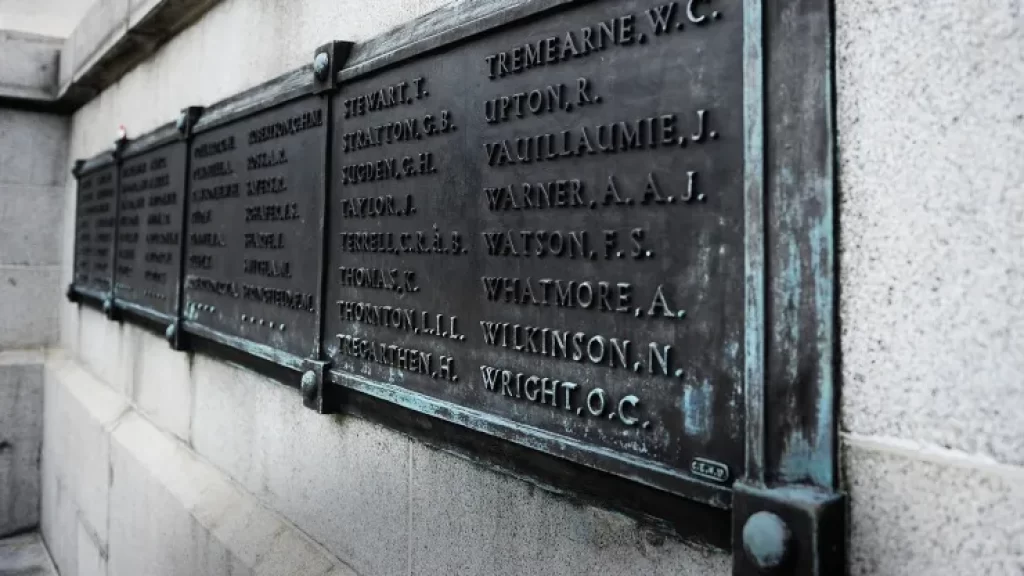
The Cenotaph, a war memorial in the Esplanade Park of Singapore, was erected in memory of the 124 British soldiers who fought and lost their lives in World War I and World War II. The memorial was dedicated on March 31, 1922, and bears the somber inscription, “They died that we might live,” at its base.
Parkview Square
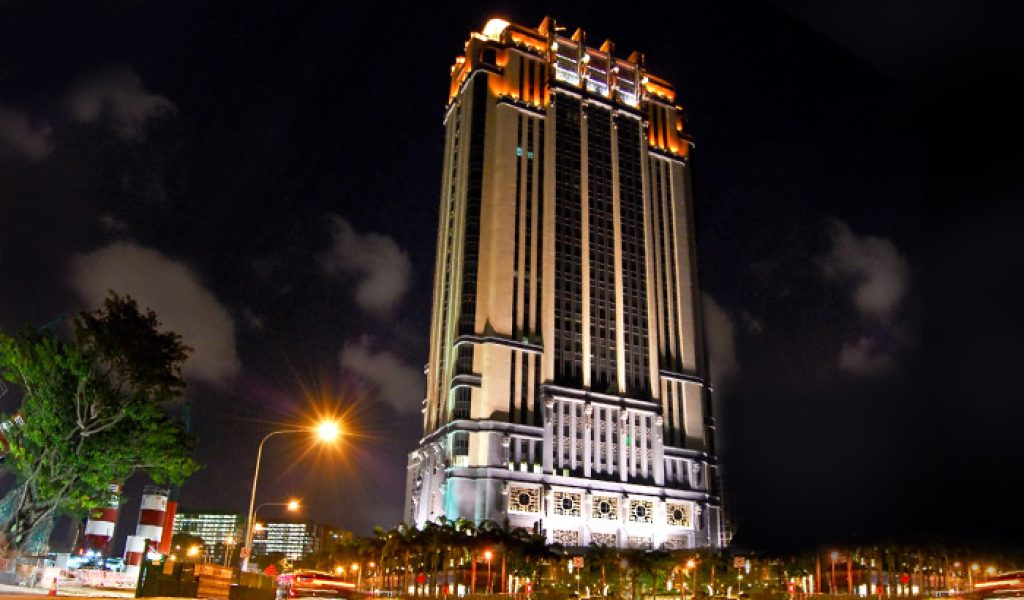
Due to its Art Deco-inspired architecture, Parkview Square, created by Singapore’s DP Architects and James Adams architecture of the USA, is particularly noteworthy. Parkview Square’s facade is a magnificent fusion of bronze and glass, and because of its distinctive architectural design, locals call it “the Gotham building.” Aptly so, given that the facade is eerily similar to Batman’s imagined birthplace.
The Art Deco interiors also served as the inspiration for Atlas, a bar that has established itself in the building’s lobby. The gin-only bar has a towering three-story structure that dominates the area and houses hundreds of rare or limited edition gins.
Helix Bridge
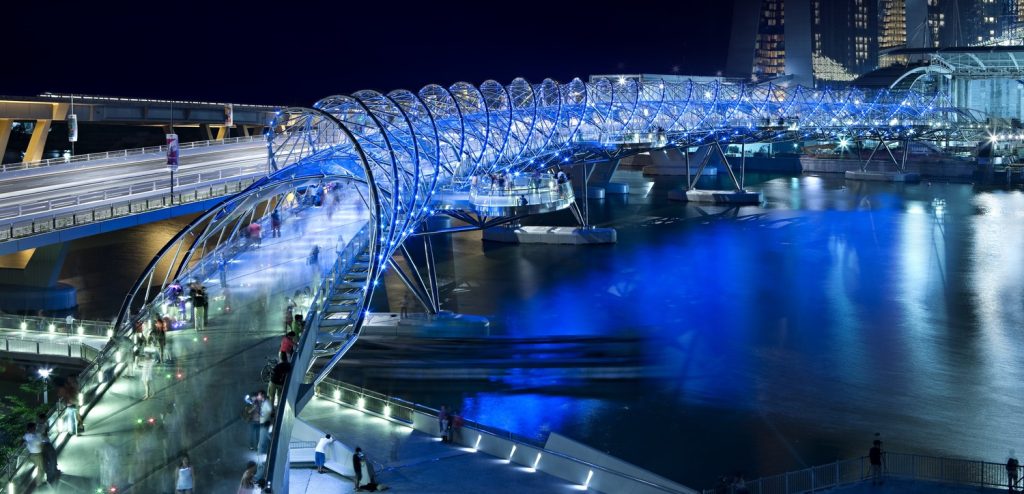
The Helix Bridge, which was opened in 2010 and is Singapore’s longest pedestrian bridge, connects Marina Center with the Bayfront neighborhood. Its distinctive shape, which is based on the double helix DNA and represents “life and continuity, renewal, and growth,” is unique. The bridge has four colored letter pairings that stand in for the four DNA bases: ‘a’ and ‘t’, ‘c’ and ‘g’, and ‘c’ and ‘g’. This interesting feature will appeal to the scientific nerds among us.
Merlion Park

Catch a look of the Merlion, a mythological hybrid of a lion and a fish that serves as Singapore’s most imposing symbol. The Merlion incorporates two aspects of Singapore’s identity: its body represents the country’s former fishing communities, and its lion head represents Singapura (which means “lion city” in Sanskrit).
On September 15, 1972, Lee Kuan Yew, the country’s then-prime minister, inaugurated the Merlion, which was created by local artisan Lim Nang Seng. The symbol was first placed near the mouth of the Singapore River before being transferred to its current location in Merlion Park, which has a view of the harbor.
The Fullerton Hotel Singapore
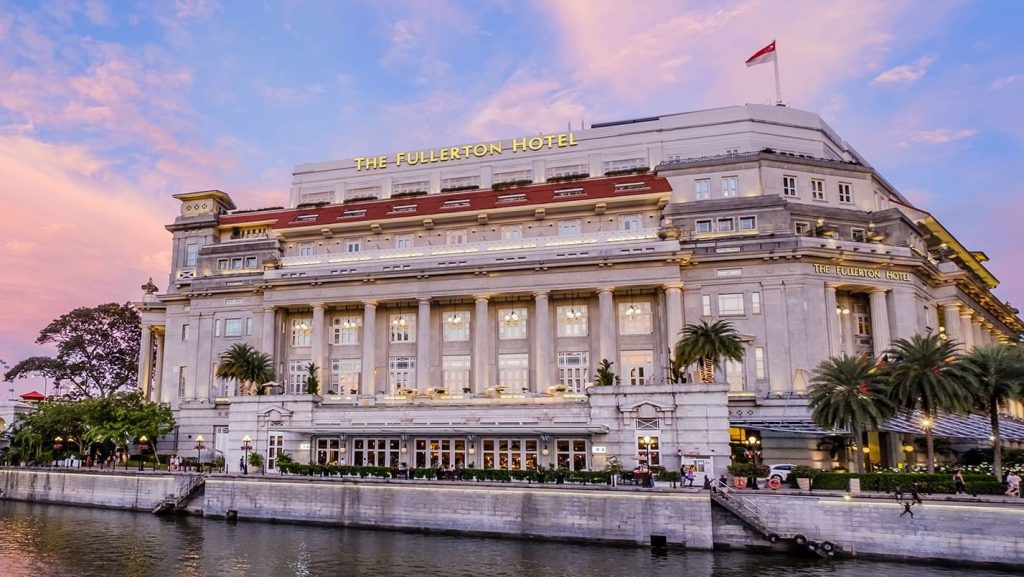
Modern-day Singapore’s Fullerton Hotel is a five-star establishment renowned for its regal vantage point over the Singapore River. It wasn’t always the location of luxury, either. The structure, which was initially constructed in 1829 as a fort, was later converted to house the nation’s General Post Office in 1928. With its towering Neo-classical façade and tastefully sky-lit central atrium, this heritage hotel, which currently offers 400 rooms, exudes a grandeur that testifies to its long past.
Esplanade – Theatres on the Bay
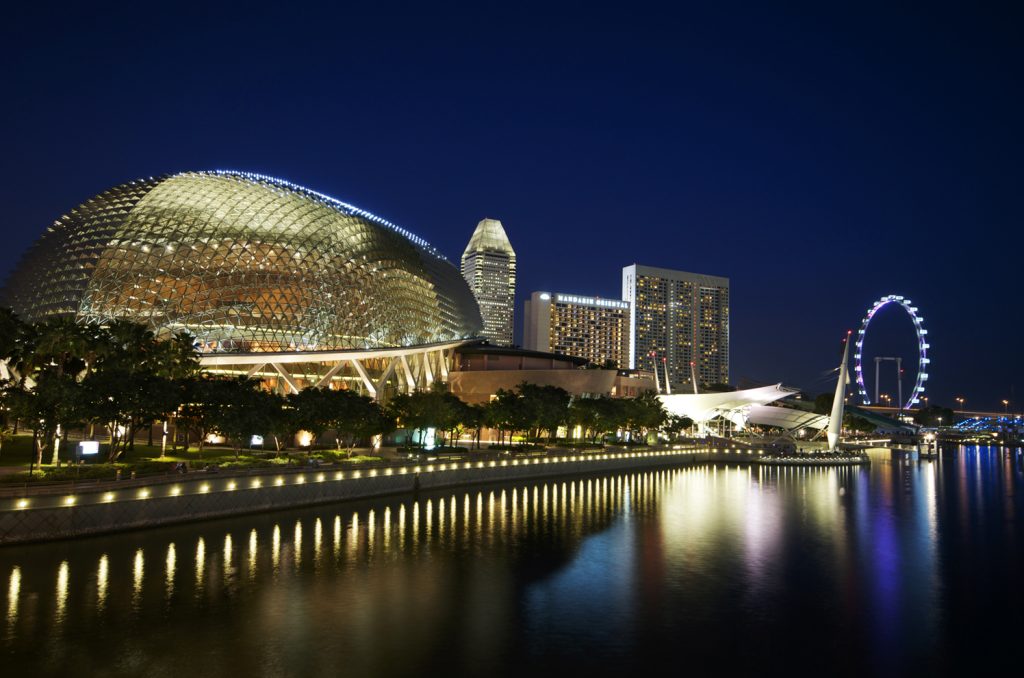
Due to its spiky architectural facade, residents commonly refer to the landmark 60,000-square-meter Performing Arts Center as “The Durian,” despite being originally named after its neighboring Esplanade Park, one of Singapore’s oldest public parks. The Esplanade is a place where Singaporeans may interact with and be inspired by the local arts and cultural scene. It has been planned since the 1970s.
The Esplanade has transformed Singapore’s art scene since it first opened its doors in 2002 and developed into a thriving center for dining, shopping, and entertainment. The location hosts a variety of events throughout the year, including free performances by the bay and yearly festivals like Baybeats, da: ns festival, and Huayi – Chinese Festival of Arts, among others.
The Istana
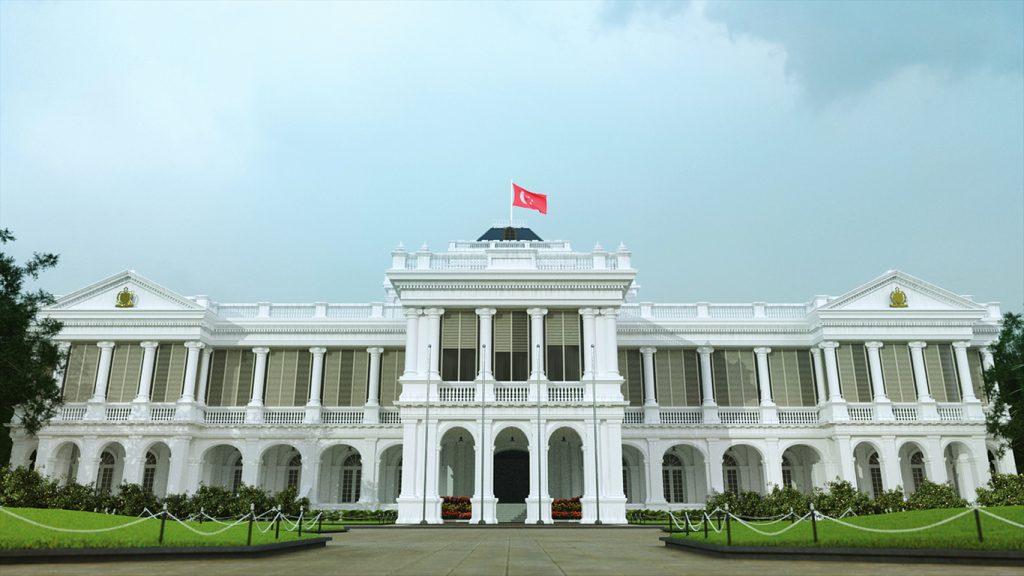
The official house and workplace of the President of Singapore is the Istana, which is Malay for “palace.” The President hosts state visitors at the famous location, which also houses the Prime Minister’s office.
The Istana grounds, which are located on what was formerly a nutmeg plantation, are a haven of flora and fauna amidst the hustle and bustle of the metropolis. The Istana’s grounds are exclusively accessible to the public on a limited number of days each year, so plan your visit accordingly.
National Gallery Singapore

The old Supreme Court and City Hall, which are now both part of the National Gallery Singapore, were two national landmarks. Both buildings, which are centrally located in the civic center, have seen many significant events in Singapore’s history. The old Supreme Court and City Hall, which were both built in the 1920s and 1930s, are now home to Singapore’s biggest museum, which is housed within its historically significant halls and has a massive collection of artwork.
Old Parliament House
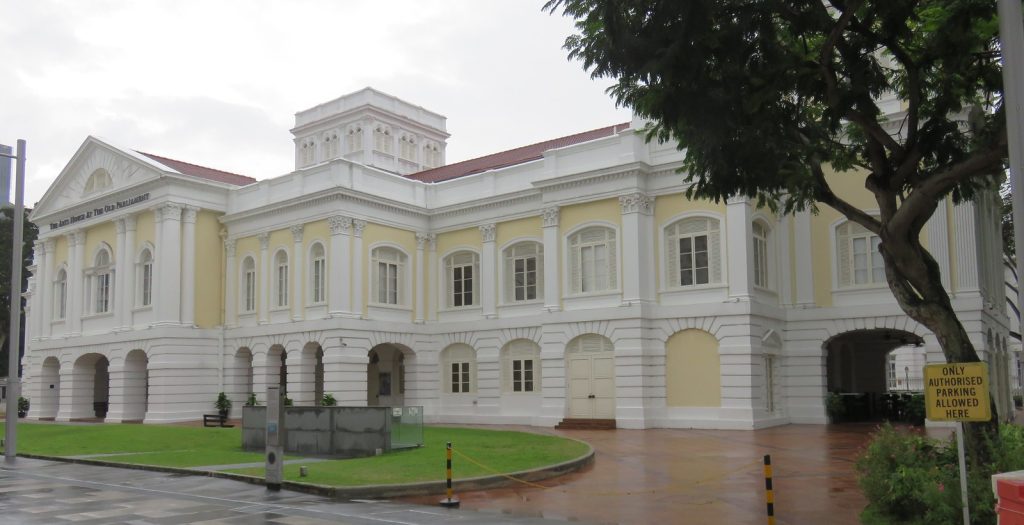
The Old Parliament House, currently known as The Arts House, is most likely the oldest colonial building still standing in Singapore. The first structure was created and constructed in 1826 by architect G.D. As a Neo-Palladian home, Coleman. The former Parliament House was declared a national monument in 1992 and transformed into The Arts House in 2003. Since then, it has served as a beacon for the arts in Singapore.
Singapore Flyer
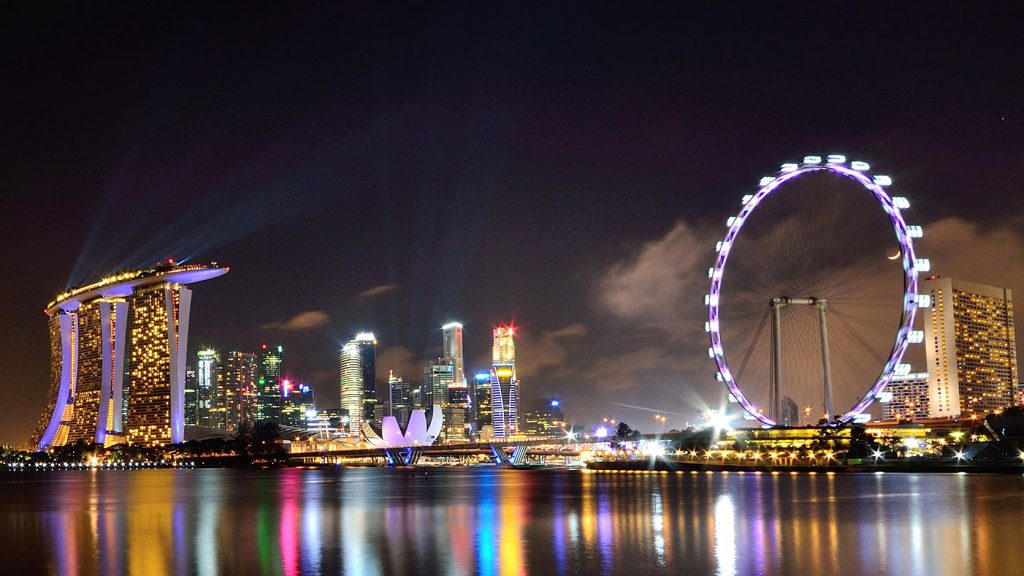
The Singapore Flyer, the biggest observation wheel in Asia, is located 165 meters above the ground. A popular tourist destination since its 2008 debut, the Wheel offers breathtaking panoramic views of Marina Bay and the city from its lofty position. The Singapore Flyer has grown in importance as a background element for the Formula One Singapore Grand Prix Marina Bay Street Circuit throughout the years.
CHIJMES
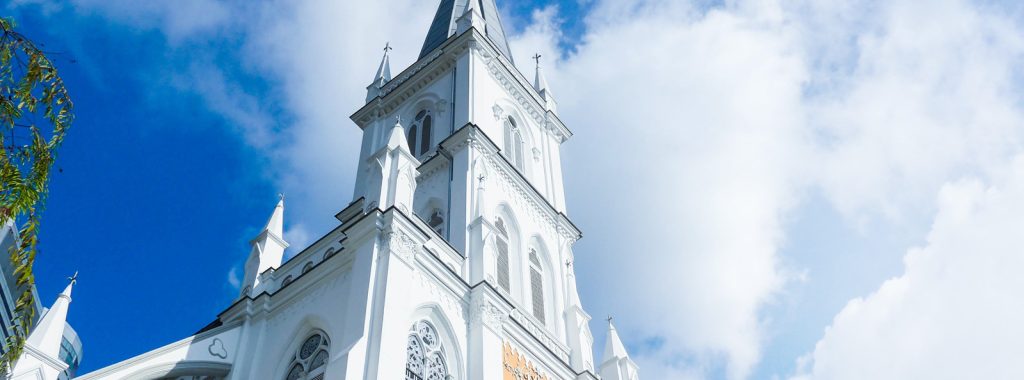
CHIJMES, which is now home to a variety of stores, pubs, and restaurants, was formerly a Catholic convent school back in the 1800s. The complex includes a Gothic Chapel, a dormitory, an orphanage, and other structures with various architectural styles and historical configurations.
In 1990, the property was christened CHIJMES in honor of the convent’s initials and the tolling of its bell tower. After undergoing reconstruction, CHIJMES evolved into the renowned eating and entertainment district that it is today.

